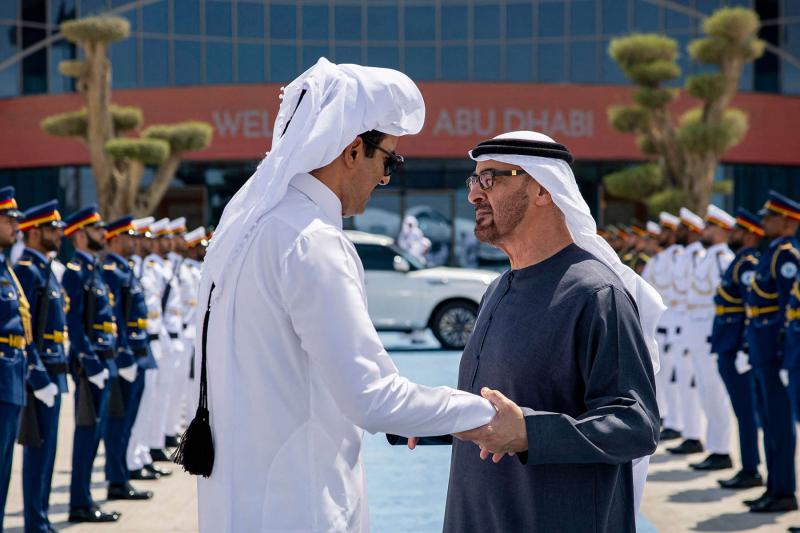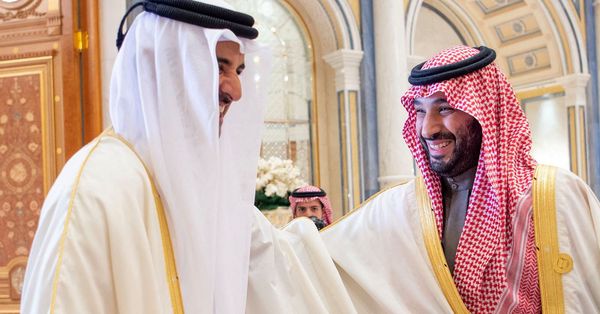Introduction
Arab Gulf emerging posture is becoming a defining feature in a Middle East marked by conflict, shifting alliances, and economic transformation. Traditionally reliant on oil wealth and strategic alliances with Western powers, the Gulf states are now adopting a more independent and assertive approach. Through diplomacy, economic diversification, and strategic partnerships, countries like Saudi Arabia, the United Arab Emirates, and Qatar are asserting influence in a fractured region.
This emerging posture reflects the Gulf’s efforts to balance security, economic growth, and regional stability while navigating complex geopolitical landscapes. By carefully recalibrating their strategies, Gulf nations aim to strengthen their global standing, promote regional stability, and ensure sustainable development.
Historical Context of the Gulf’s Regional Role
For decades, the Arab Gulf states played a reactive role in regional politics. Conflicts such as the Iran-Iraq war, the Gulf War in 1990–1991, and the Arab Spring of 2011 shaped Gulf foreign policies. Historically, these countries relied heavily on alliances with the United States and other Western powers to safeguard their security.
Economic strength, primarily derived from oil and gas, allowed Gulf states to exercise financial influence across the region. However, their political influence was often limited by internal and regional conflicts. Today, the Arab Gulf emerging posture reflects a shift from reactive diplomacy to proactive engagement, aiming to play a central role in shaping outcomes in the Middle East.
Strategic Diplomacy and Regional Alliances
One of the main components of the Arab Gulf emerging posture is strategic diplomacy. Gulf countries are increasingly pursuing multi-layered alliances.
- Saudi Arabia has been engaging with both the United States and China, aiming to balance relations while asserting its leadership in the Gulf Cooperation Council (GCC).
- The UAE is positioning itself as a hub for regional dialogue, hosting summits and mediating conflicts in Yemen, Sudan, and other areas.
- Qatar continues its role as a diplomatic mediator, using soft power and international organizations to influence regional discussions.
These diplomatic maneuvers reflect the Gulf’s recognition that regional stability requires engagement with multiple global and regional actors. The emerging posture emphasizes negotiation, mediation, and strategic partnerships over confrontation.

Economic Diversification and Influence
Economic strategy is central to the Arab Gulf emerging posture. Recognizing the need to reduce dependence on hydrocarbons, Gulf nations are implementing ambitious plans for economic diversification.
- Saudi Arabia’s Vision 2030 focuses on tourism, entertainment, technology, and renewable energy.
- UAE Vision 2071 prioritizes knowledge-based industries, digital finance, and sustainable infrastructure.
- Qatar National Vision 2030 emphasizes human development and sustainable economic growth.
These initiatives not only create domestic resilience but also strengthen Gulf influence in the global economy. By diversifying, the Gulf is better equipped to fund regional projects, aid initiatives, and investments, positioning itself as a key economic player in a fragmented region.
Security and Military Posture
Security is another critical dimension of the Arab Gulf emerging posture. Gulf nations face threats from regional conflicts, extremist groups, and rival states. To address these challenges, the Gulf has increased investment in defense capabilities and formed strategic military alliances.
- The GCC continues to coordinate on security issues, sharing intelligence and conducting joint military exercises.
- Saudi Arabia and the UAE have led coalitions in Yemen, demonstrating their willingness to engage militarily when interests are threatened.
- Gulf states are increasingly investing in technology-driven defense, including drones, cybersecurity, and missile defense systems.
The emerging posture combines deterrence with strategic diplomacy, reflecting a nuanced approach to maintaining security without escalating regional tensions unnecessarily.
Soft Power and Cultural Diplomacy
Soft power forms an important part of the Arab Gulf emerging posture. Beyond economics and military strength, Gulf countries are leveraging culture, education, and media to shape perceptions and build influence.
- The UAE hosts international art exhibitions, sporting events, and educational institutions that attract global attention.
- Qatar uses media outlets like Al Jazeera to influence global narratives and support diplomatic efforts.
- Saudi Arabia invests in cultural tourism and heritage preservation to project soft power internationally.
By integrating soft power with strategic and economic initiatives, Gulf states can enhance their influence without relying solely on force or financial leverage.
Challenges in a Fractured Region
Despite progress, the Arab Gulf emerging posture faces challenges. Regional conflicts, rivalries between Iran and Saudi Arabia, instability in Yemen and Libya, and global economic pressures complicate Gulf strategies.
Internal social and political reforms are also under scrutiny. Gulf states must balance modernization and reform with maintaining traditional structures, which can be sensitive for domestic populations.
Furthermore, dependence on global oil markets and geopolitical uncertainty remains a concern. While diversification strategies mitigate some risks, the region’s future is still shaped by factors beyond Gulf control, including U.S.-China competition and global energy transitions.
The Global Impact of Gulf Initiatives
The emerging posture of the Arab Gulf is not limited to the region. Its initiatives in diplomacy, investment, and sustainability influence global markets and international relations.
- Gulf investments in renewable energy and technology projects worldwide contribute to global climate goals.
- Mediation efforts in conflict zones showcase the Gulf as a responsible international actor.
- Economic partnerships with Europe, Asia, and Africa demonstrate the Gulf’s growing role in shaping international trade and finance.
By combining strategic diplomacy, economic diversification, and cultural influence, the Arab Gulf is asserting itself as a central player in both regional and global affairs.
Future Outlook
The Arab Gulf emerging posture indicates a trend toward proactive, multi-dimensional engagement. Gulf nations are seeking to secure their interests through diplomacy, economic innovation, defense readiness, and cultural influence.
If sustained, this posture could stabilize the region, foster economic resilience, and provide a model for regional cooperation. The challenge will be to navigate competing interests, regional rivalries, and domestic expectations while maintaining a balanced and strategic approach.
Conclusion
Arab Gulf emerging posture is redefining the region’s role in global politics and economics. Through strategic diplomacy, economic diversification, security investment, and cultural outreach, Gulf countries are carving out an influential and resilient presence in a fractured Middle East.
The future of the Gulf depends on their ability to maintain this multi-layered approach, ensuring that their emerging posture translates into long-term stability, prosperity, and regional leadership. As the Middle East continues to face challenges, the Gulf’s assertive yet measured approach offers hope for a more cooperative and prosperous future.
Read More: Qatar Prepares for Significant Temperature Rise as Heatwave Approaches



